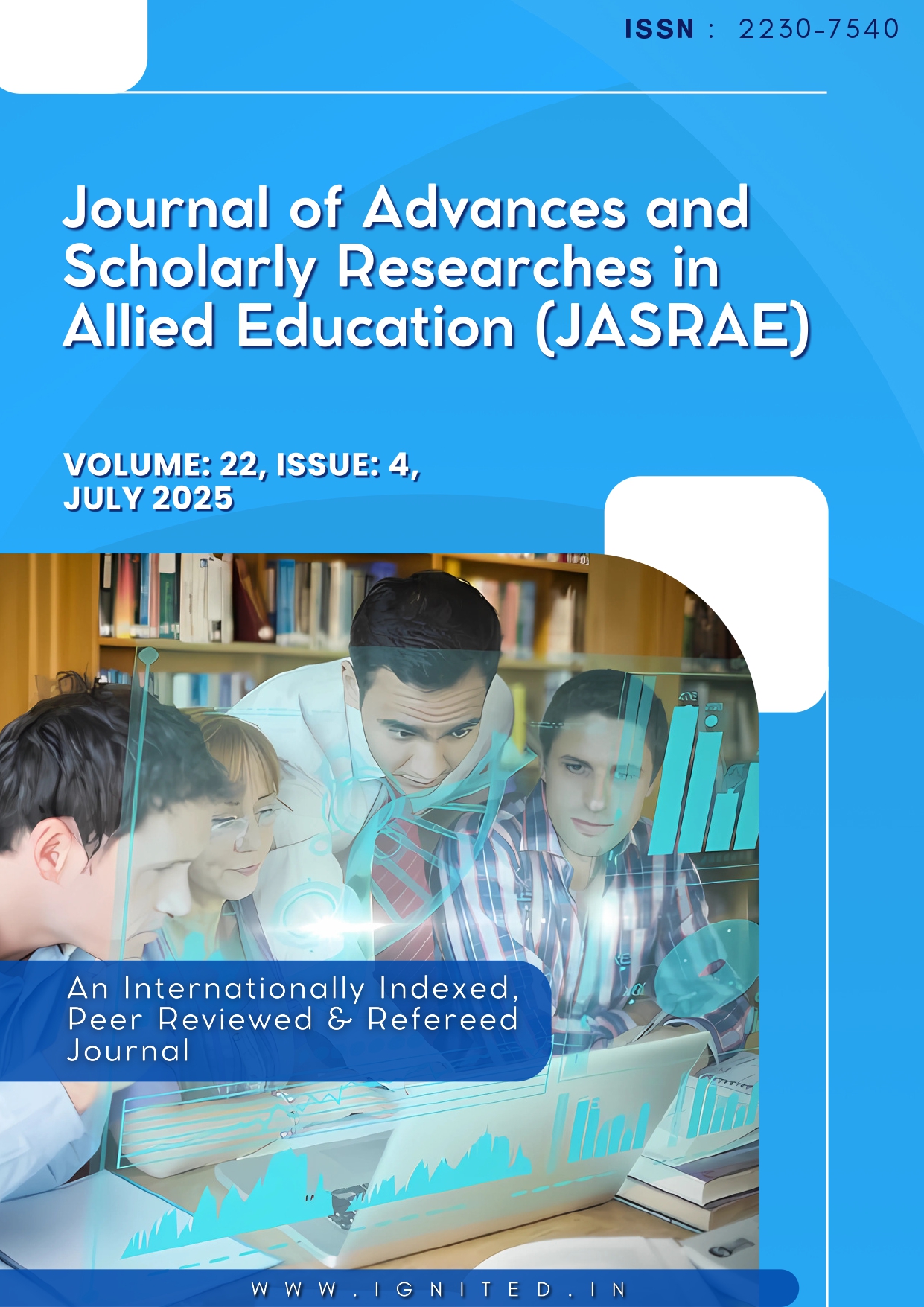Patient Safety in CT Imaging: Best Practices for Technologists
DOI:
https://doi.org/10.29070/ym75m185Keywords:
CT safety, radiation protection, contrast media, patient screening, ALARA principleAbstract
Computed Tomography (CT) imaging is a vital diagnostic tool in modern medicine, but it carries inherent risks, including radiation exposure, contrast-related complications, and procedural errors. Radiologic technologists play a critical role in ensuring patient safety by adhering to best practices in protocol optimization, radiation dose reduction, patient screening, and emergency preparedness. This paper reviews key safety strategies, presents evidence-based recommendations, and provides actionable guidelines for technologists to minimize risks while maintaining diagnostic efficacy.
References
American Association of Physicists in Medicine (AAPM). (2021). AAPM Report No. 204: Size-Specific Dose Estimates (SSDE) in Paediatric and Adult Body CT Examinations. AAPM.
International Commission on Radiological Protection (ICRP). (2017). ICRP Publication 135: Diagnostic Reference Levels in Medical Imaging. Annals of the ICRP, 46(1).
McCollough, C. H., et al. (2019). Radiation Dose Management for CT: What Do Clinicians Need to Know? Radiology, 293(3), 554-563.
European Society of Radiology (ESR). (2020). EuroSafe Imaging: Guidelines on Radiation Dose Optimization in CT. Insights into Imaging, 11(1), 65.
American College of Radiology (ACR). (2023). ACR Manual on Contrast Media (v11). ACR Committee on Drugs and Contrast Media.
Davenport, M. S., et al. (2020). Contrast Material–Induced Nephrotoxicity and Intravenous Low-Osmolality Iodinated Contrast Material: Risk Stratification by Using Estimated Glomerular Filtration Rate. Radiology, 297(3), 607-617.
Beckett, K. R., et al. (2015). CT Radiation Dose and Risk: What the Radiologist Should Know. Radiographics, 35(6), 1719-1730.
Strauss, K. J., et al. (2017). Image Gently: Ten Steps You Can Take to Optimize Image Quality and Lower CT Dose for Pediatric Patients. AJR, 194(4), 868-873.
Frush, D. P., & Goske, M. J. (2018). Image Gently: A Campaign to Reduce Children’s and Adolescents’ Risk for Cancer During Adulthood. Journal of Adolescent Health, 62(5), 505-507.
Bush, W. H., & Swanson, D. P. (2019). Acute Reactions to Iodinated Contrast Media: Types, Risk Factors, Recognition, and Treatment. AJR, 213(4), 888-894.
American Society of Anesthesiologists (ASA). (2022). Practice Guidelines for the Prevention and Management of Contrast Media Reactions. Anesthesiology, 136(3), 523-549.
Society of Radiologic Technologists (ASRT). (2021). CT Practice Standards: Guidelines for Technologists. ASRT White Paper.
The Joint Commission. (2022). Radiation Safety in Diagnostic Imaging: Compliance Strategies for Healthcare Facilities.
Smith-Bindman, R., et al. (2019). Rising Use of Diagnostic Medical Imaging in a Large Integrated Health System. Health Affairs, 38(9), 1561-1568.
Kalra, M. K., et al. (2020). Strategies for CT Radiation Dose Optimization. RadioGraphics, 40(6), 1714-1728.











